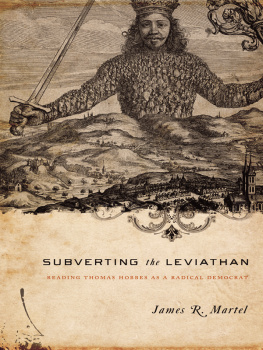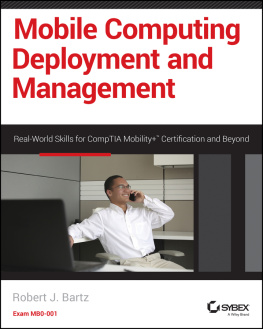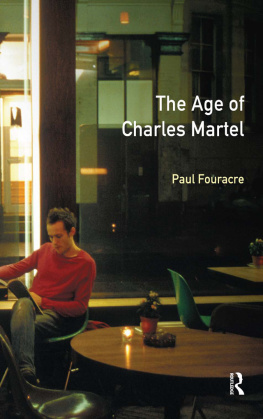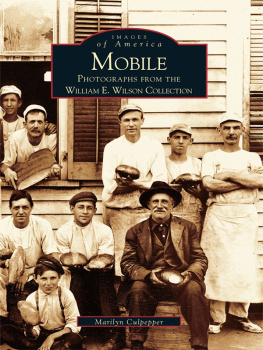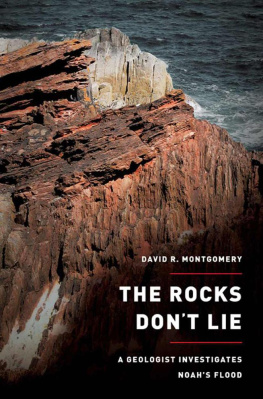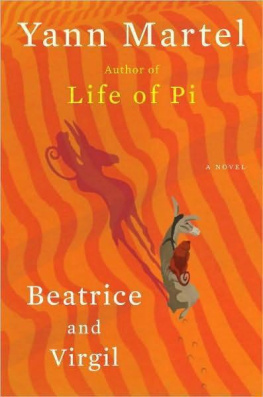
A HISTORY OF MOBILITY IN NEW MEXICO
A History of Mobility in New Mexico uses the often-enigmatic chipped stone assemblages of the Taos Plateau to chart patterns of historical mobility in northern New Mexico.
Drawing on evidence of spatial patterning and geochemical analyses of stone tools across archaeological landscapes, the book examines the distinctive mobile modalities of different human communities, documenting evolving logics of mobilityresidential, logistical, pastoral, and settler colonial. In particular, it focuses on the diversity of ways that Indigenous peoples have used and moved across the Plateau landscape from deep time into the present. The analysis of Indigenous movement patterns is grounded in critical Indigenous philosophy, which applies core principles within Indigenous thought to the archaeological record in order to challenge conventional understandings of occupation, use, and abandonment.
Providing an Indigenizing approach to archaeological research and new evidence for the long-term use of specific landscape features, A History of Mobility in New Mexico presents an innovative approach to human-environment interaction for readers and scholars of North American history.
Lindsay M. Montgomery is an assistant professor in the School of Anthropology at the University of Arizona, USA. She is co-author of Objects of Survivance (2019), and has published in the Journal of Social Archeology, International Journal of Heritage Studies, American Indian Quarterly, and Advances in Archaeological Practice. Her research focuses on the ethnohistory of Indigenous people in the North American West, with particular emphasis on documenting interethnic interaction, settler colonialism, and cultural resiliency.
A HISTORY OF
MOBILITY IN NEW
MEXICO
Mobile Landscapes and Persistent
Places
Lindsay M. Montgomery
First published 2021
by Routledge
2 Park Square, Milton Park, Abingdon, Oxon OX14 4RN
and by Routledge
52 Vanderbilt Avenue, New York, NY 10017
Routledge is an imprint of the Taylor & Francis Group, an informa business
2021 Lindsay M. Montgomery
The right of Lindsay M. Montgomery to be identified as author of this work has been asserted by her in accordance with sections 77 and 78 of the Copyright, Designs and Patents Act 1988.
All rights reserved. No part of this book may be reprinted or reproduced or utilised in any form or by any electronic, mechanical, or other means, now known or hereafter invented, including photocopying and recording, or in any information storage or retrieval system, without permission in writing from the publishers.
Trademark notice: Product or corporate names may be trademarks or registered trademarks, and are used only for identification and explanation without intent to infringe.
British Library Cataloguing-in-Publication Data
A catalogue record for this book is available from the British Library
Library of Congress Cataloging-in-Publication Data
A catalog record has been requested for this book
ISBN: 978-0-367-34801-4 (hbk)
ISBN: 978-0-367-34800-7 (pbk)
ISBN: 978-0-429-32815-2 (ebk)
Typeset in Bembo
by MPS Limited, Dehradun
For my grandfather David Montgomery (19272011), who taught me the art of storytelling and the power of history.
CONTENTS
List of figures
In search of songs
1 Place on the move
PART I
Indigenizing the archaeology of mobility
In search of Indigenous futurism
2 Indigenous history
In search of the right words
3 A note on Indigenous style
In search of nomads
4 The messy work of mobile archaeology
PART II
Persistent places on the Taos Plateau
In search of mobile places
5 Playa landscapes
In search of violence
6 Cerro de la Olla
In search of multivocality
7 Cerro del Yuta
A closing verse
8 Persistent places
Index
1.1 George Catlin, Comanche feats of Horsemanship, 18341835, oil on canvas.
1.2 G.W. & C.B. Colton & Co. Map of the Atchison, Topeka and Santa Fe railroad system with its connections: March 1, 1888.
2.1 Battle of Adobe Walls Historical Marker, Bents Old Fort, Texas.
2.2 Map of Texas by John Arrowsmith and William Bollaert.
3.1 Northwest Coast Hall. American Museum of Natural History, New York.
3.2 References to Prehistory in the SAA Conference Program, 20092019.
5.1 General Location of Playa Sites.
5.2 Diagnostic Projectile Points from Punche Lake (ae), Arroyo Punche (fg), and Three Basins (hi).
5.3 Area 1 of Punche Lake Based on John Gettys Research.
5.4 Area 1 of Punche Lake Based on 2013 Survey.
5.5 Diagnostic Projectile Points from Punche Lake, 1800 BCE 400 CE .
5.6 Modified Rock Ring Features at Punche Lake.
5.7 SPOT Image of Northern New Mexico Showing Relevant Dacite and Obsidian Sources Identified at Punche Lake.
5.8 Pecked Historic Petroglyphs at Punche Lake.
5.9 Map of Arroyo Punche (LA 131455).
5.10 Map of Three Basins (LA 136191).
5.11 Distribution of Flakes and Tools by Raw Material Type at Three Basins.
6.1 Map of Cerro de la Olla Scatters and Isolated Finds.
6.2 Sourcing Analysis of Dacite and Obsidian Samples at Cerro de la Olla.
6.3 Projectile Point Types at Cerro de la Olla.
6.4 Twentieth-Century Stone Fireplace at Cerro de la Olla.
7.1 Cerro del Yuta 2012 Survey Area.
7.2 Line Drawings of Two Rock Piles from Cerro del Yuta.
7.3 Sample of Projectile Points Identified at Cerro del Yuta.
7.4 Map of Cerro del Yuta Ridge Site.
7.5 Large Circular Stone Features at Cerro del Yuta Ridge Site.
7.6 Incised Greyware Sherd from Cerro del Yuta Ridge.
8.1 Stone Tool Material Types Across Sites.
8.2 Sites Associated with Indigenous people Living in the Rio Grande Gorge between 5000 BCE and 400 CE .
8.3 Drawing of Petroglyphs 2014-208 and 2009-001 Recorded by the Rio Grande Gorge Project.
Many people and organizations have supported this work over the past decade. I would first and foremost like to acknowledge all the support and love that my family and partner have provided over the years. As my great-grandfather Julius Wilcher always said, family comes first. I am also deeply indebted to the Radcliffe Institute for affording me the time, funding, and incredible intellectual community necessary to write this book. Over the course of writing this book, I have had the opportunity to work closely with several fantasitic undergraduate and graduate research assistants, including Jessica Gebhard, Nam Hyun Kim, Mairead Poulin, and Danielle Soza who were instrumental in helping to process the data presented in this book. The fieldwork which forms the core of this monograph was graciously supported by the National-Geographic Waitt Foundation, the National Science Foundation, Stanford University, the University of Arizona, and Barnard College. In addition to this institutional support, I would like to acknowledge the central role that Merrill Dicks and the Bureau of Land Management Taos Office have played in providing research permits and related research reports as well as the amazing team of archivist, librarians, and archaeologists at the Laboratory of Anthropology in Santa Fe, without whom much of this work would not have been possible. Finally, I would like to recognize the incredible intellectual support provided by my advisors and mentors over the years, including Lynn Meskell, Michael Wilcox, Barbara Voss, and Chip Colwell. I would like to espeically thank Severin Fowles, to whom I am eternally grateful for the many opportunities he has provided for me to conduct research in the northern Rio Grande under his guidance. Finally, a special thanks to Sarah C. Murray, who contributed the amazing artwork for the frontcover of this book.





